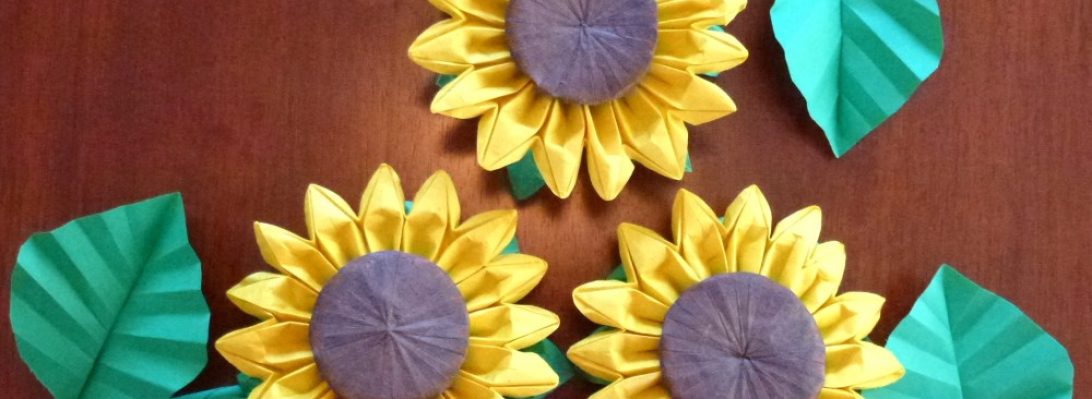I had forgotten how wonderful it was to lose yourself in a fold, particularly an Eric Joisel design:

I decided it was time to re-fold Joisel’s Cat because … the last time I attempted it back in 2011 (as part of the original 365 project) she turned out barely recognisable:

Naturally, the cat is looking at something, I decided it must be a rat. There are few more character-ful designs than Joisel’s Rat, so I folded him again – this time on a sheet 1/4 the size of the cat (to sort of get the scale right).
I reasoned the rat was around for a reason, so quickly found Jeremy Shafer’s “Cheese” design and decided the rat’s next meal would be cheese (unless he himself did not become dinner for the prowling cat). I folded the cheese with a square 1/4 the size of the rat to sort of get the scale right.

All too often a fold is completed in isolation – few designers design “sets” of models that are sort of meant to go together. Joisel’s Cat and Rat reference each other in their diagrammed sequences – I like that. Both models have challenging sequences – each with places where your judgment on where a fold goes completely changes the attitude of the model – I like that also as it let’s you infuse character into the model, and often means subsequent folds look different.

I think the only other origami artist that comes to mind for designing “scenes” is David Brill – his masterpiece “Brilliant Origami” is full of fun tableaus.




























